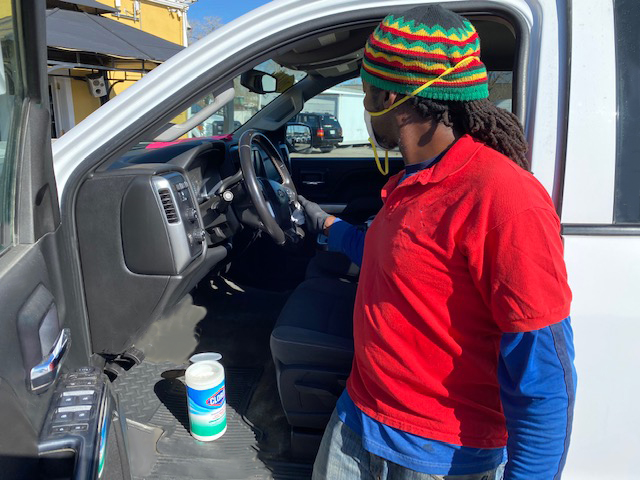Do’s and Don’ts of Trading in Your Car
 You’ve done it. You’ve decided to buy a new car to replace your old car. There are a lot of important decisions you need to make now and one of them is whether or not trading in your car is beneficial.
You’ve done it. You’ve decided to buy a new car to replace your old car. There are a lot of important decisions you need to make now and one of them is whether or not trading in your car is beneficial.
How does it work when trading in your car?
When the amount you owe on the car is less than the trade-in value, the process is pretty straightforward.
Say you still owe $5,000 on your car and a dealer offers you $6,000 for it as a trade-in. The dealer pays off the $5,000 loan for you and then you transfer ownership of the car to the dealer. You can use the $1,000 difference as a down payment.
When the amount you owe on the car is more than the trade-in value, the dealer still pays off your loan. This leaves a balance due to the dealer which you can either pay in cash, or sometimes, roll that amount into the new loan you’re getting on the new car. Various factors like creditworthiness, terms and payment amounts govern which options will be available to you.
Do’s and Don’ts of Trading in Your Car
Do’s:
- Use online tools to appraise your car’s value. Edmunds.com and kbb.com are two great resources to appraise your trade-in’s value.
- Be honest with yourself about your car’s trade-in condition. The more forthright you are when using online appraisal tools, the better off you’ll be when it comes time to trade it in. Very often, people come into the dealership with an overly-optimistic idea of what their car is worth, only to find that reality is less optimistic.
- Give your trade-in curb appeal.
- Clean the exterior and interior well.
- Remove small dents.
- Fix window glass defects.
- Bring all vehicle paperwork with you. You will need:
- Certificate of title (if you don’t have it, the DMV can tell you how to get it replaced). Note: if you have an outstanding loan on the vehicle, this will not apply since the bank has your certificate of title.
- Current registration.
- All your car keys and the owner’s manual.
- If you still have a loan on the car, you’ll need to have your account number or a payment stub.
- Maintenance records. These help support your claims about whatever prior damage your car has had and the repairs it has undergone.
Don’ts:
- Don’t fly blind. After you’ve learned what your car is worth via the online appraisal tools, obtain 2-3 dealership quotes or estimates. Information is power so get all the facts before you take the plunge.
- Don’t be unrealistic about your trade-in’s value. We all have attachments to our cars because most of us spend a good portion of our lives in them. However, don’t expect any added “sentimental” value once it’s time to trade in your car. Treat it as a transaction, nothing more.
- Don’t over-fix your trade-in. It’s beneficial to spruce up your car before trading it in, but be sure to set a budget for small fix-ups. Perform simple maintenance and cheap cosmetic fixes (like fixing scratches), but don’t spend so much money that you end up losing money on the trade.
- Don’t forget to pack all your car’s accessories. Trading in your car means you are trading in everything that goes along with it. Make sure the original owner’s manual and any extra keys are in the vehicle when you arrive at the dealership. Dealers like used cars that still have all the accessories and may even give you a better deal on your trade when everything is there.


